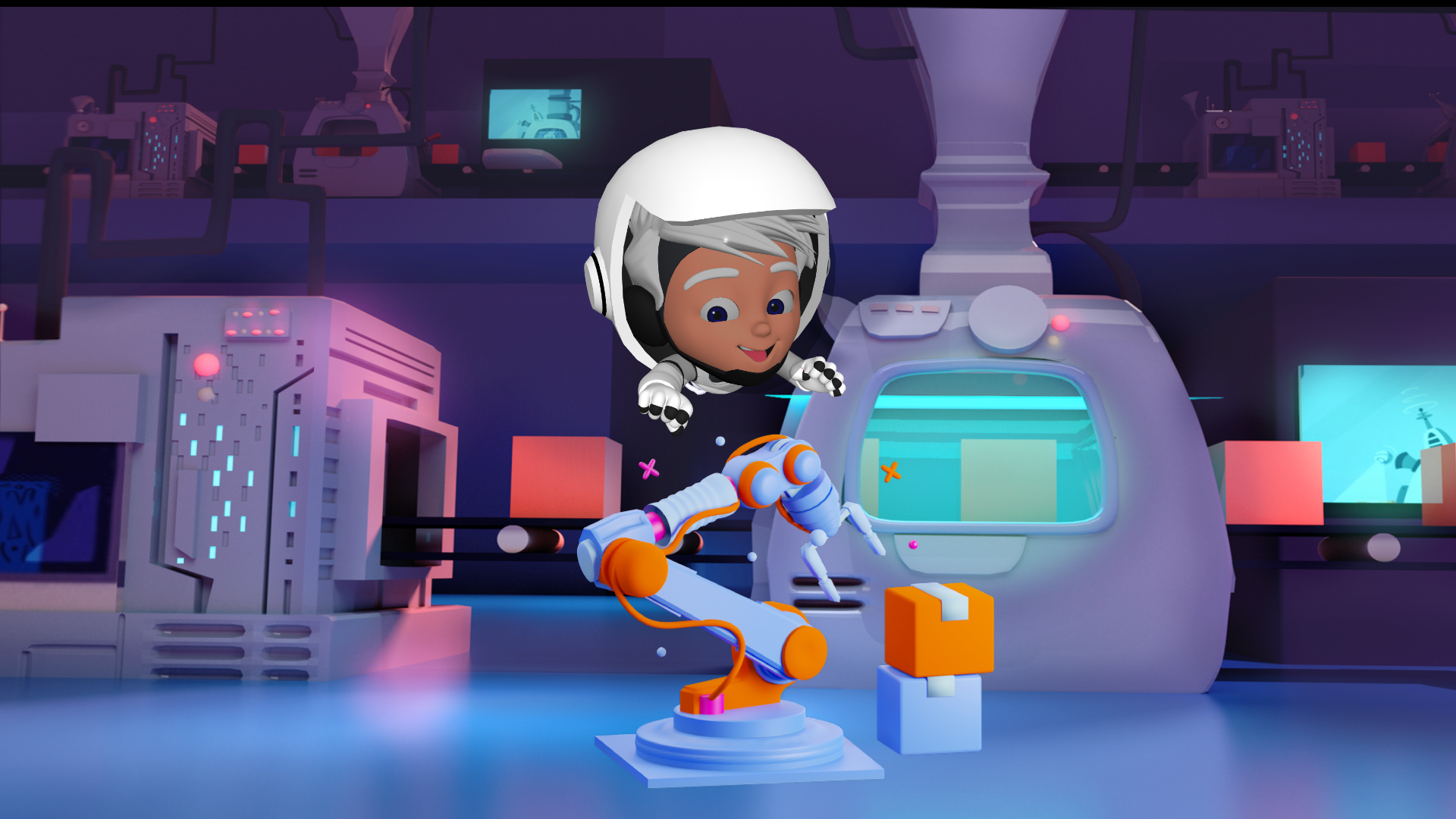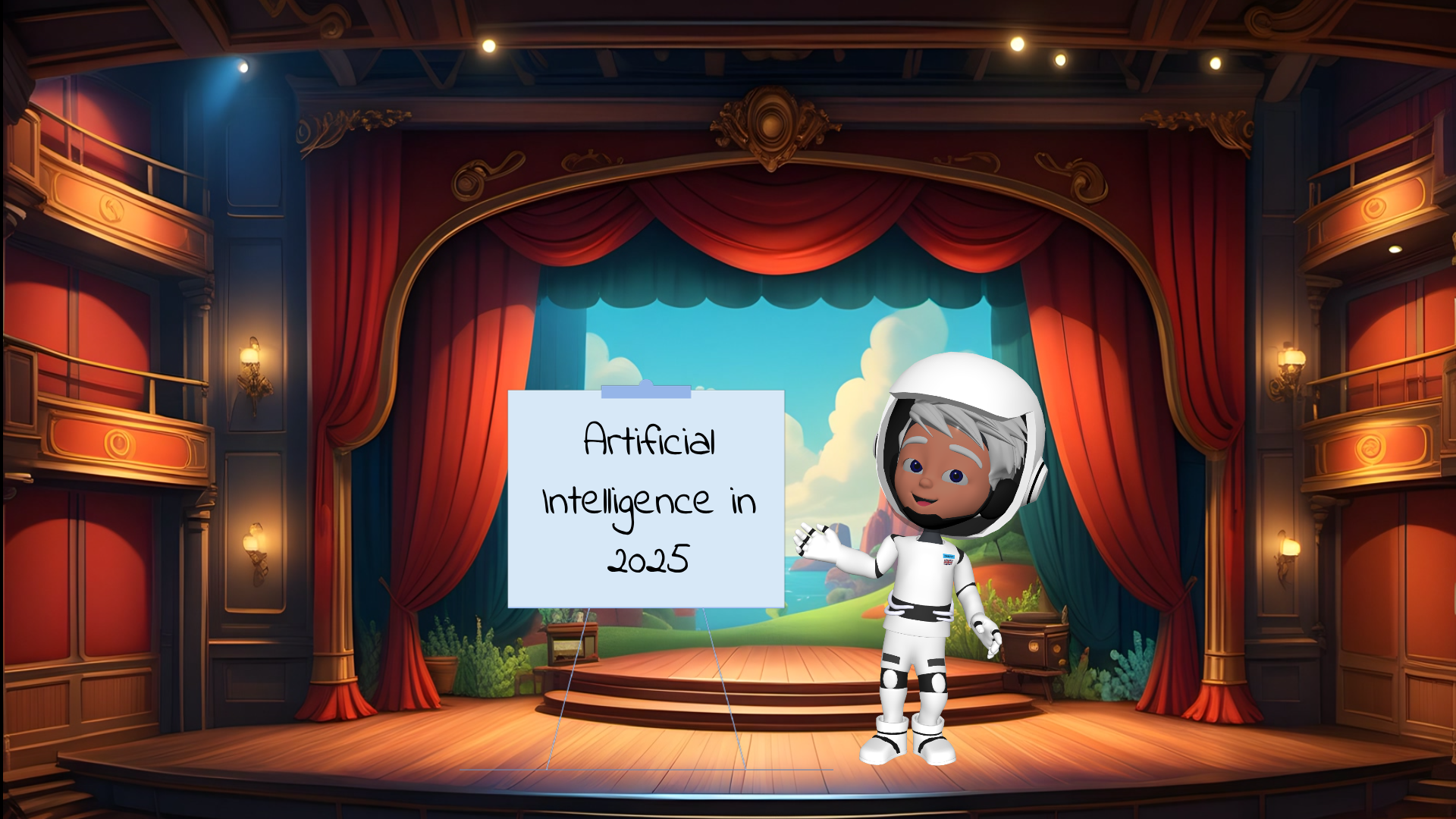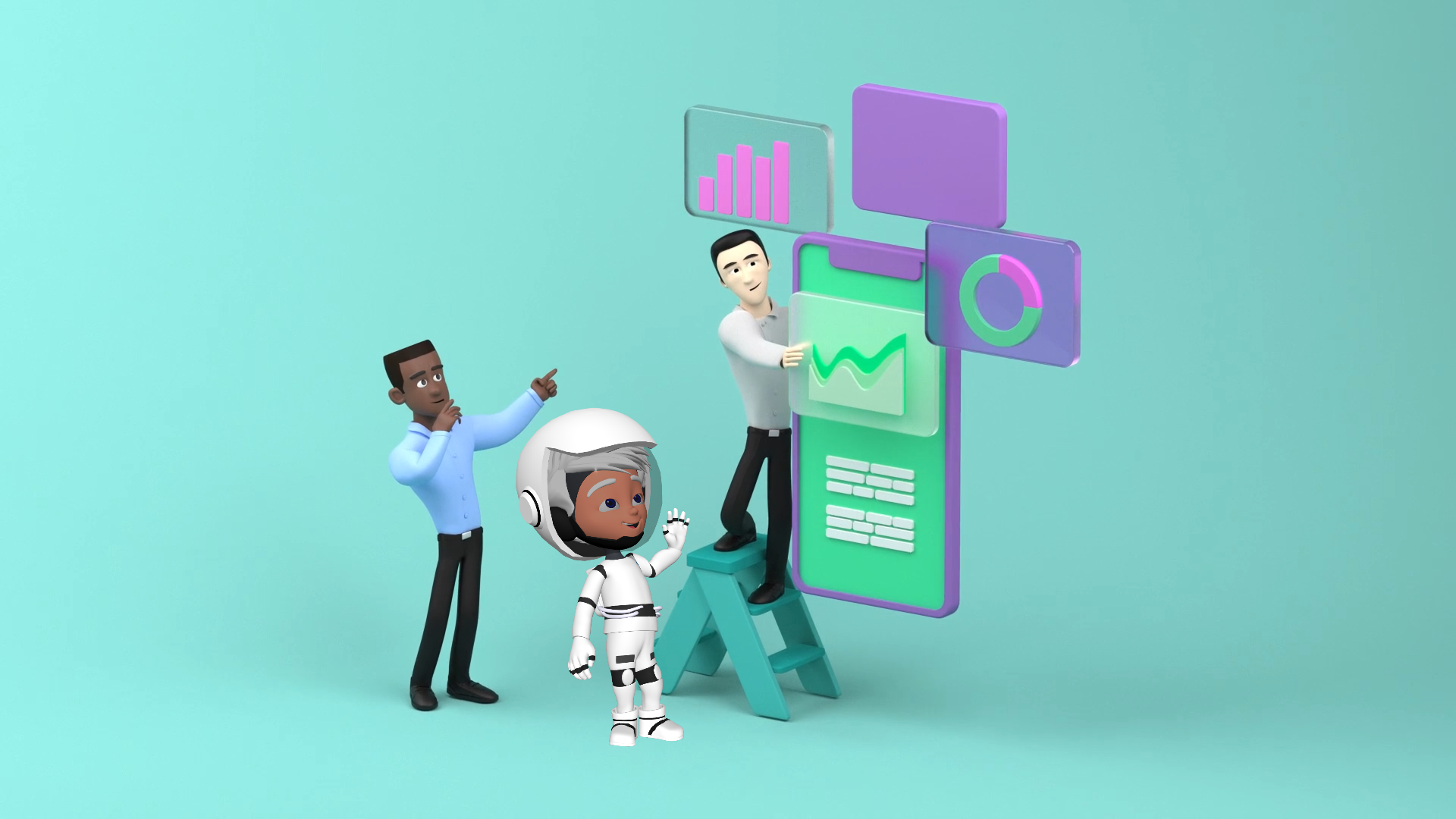
8 ways Artificial Intelligence (AI) will transform your Smart Factory
Introduction
Smart factories are at the forefront of Industry 4.0, combining automation with cutting-edge technologies. Artificial Intelligence (AI) is playing a pivotal role in this transformation, bringing unprecedented efficiency and adaptability to manufacturing processes. Here are eight ways AI is set to revolutionize the smart factory.
1. Enhancing Predictive Maintenance
AI analyzes data from sensors to predict equipment failures before they occur. By identifying potential issues early, factories can avoid costly downtime and extend machinery lifespan. This shift from reactive to predictive maintenance reduces maintenance costs and improves overall operational reliability.
2. Optimizing Production Processes
AI can optimize workflows by adjusting production schedules and managing resources in real-time. It minimizes waste and streamlines operations, leading to higher efficiency and lower operational costs. This optimization allows factories to meet demand more effectively and adapt to changes quickly.
3. Improving Quality Control
AI-powered inspection systems detect defects with greater accuracy than human inspectors. These systems can analyze products in real-time, ensuring higher quality and reducing waste. By automating quality control, factories can achieve consistent product standards and minimize the risk of defective products reaching customers.
4. Automating Workflows
AI automates repetitive tasks and complex workflows, reducing manual intervention and human error. By leveraging AI, factories can streamline production lines, optimize scheduling, and ensure consistent output. This automation enhances productivity and allows workers to focus on more strategic activities.
5. Enabling Real-Time Data Analytics
AI processes vast amounts of data in real-time, providing actionable insights that help managers make informed decisions quickly. This ability to analyze and respond to data on the fly makes operations more agile and responsive to changes in the production environment.
6. Recommendations on Follow-Up Actions
AI not only provides insights but also translates these insights into suggested follow-up actions. By analyzing data and identifying trends, AI can recommend several courses of action for managers to consider, facilitating faster and more informed decision-making. This capability reduces the cognitive load on human operators and ensures that critical decisions are backed by data-driven intelligence.
7. Driving Energy Efficiency
AI optimizes energy consumption by analyzing usage patterns and adjusting processes to reduce waste. This leads to lower energy costs and a reduced carbon footprint, making smart factories more sustainable. AI-driven energy management also supports compliance with environmental regulations.
8. Supporting Highly Personalized Manufacturing & Flexibility
AI allows for greater customization in manufacturing, enabling factories to quickly adapt to changing customer demands. This flexibility reduces lead times and enhances customer satisfaction by allowing for personalized products to be produced at scale.
But, The Ultimate Challenge: Usability
Despite rapid technological & features advancements in smart IoT machines, software systems and AI, corresponding UI/UX application layers have not caught up to handle the increased user complexities. Usability becomes a key hurdle with regards to managing & operating multiple smart factory machines, software and AI models. Many tasks, even simple ones, require (sometimes very lengthy) multi-step processes on specific applications.
Solving Usability (UX) Problems
Upcoming startups such as Hub360+ offers the solution. As a universal messenger app with AIoT Technology, it allows users to connect and control various Smart Factory devices & AI models through simple, conversational commands. This approach allows interoperability, simplification of automated workflows, enabling tasks to be issued, broken down, and executed through natural language instructions. By making “Human-Machines-Software-AI” interactions more intuitive, it not only bridges the gap between sophisticated capabilities and user-friendly interfaces, but also transforms multi-step processes into a single step (i.e. sending a message).
Conclusion
AI is transforming smart factories by enhancing efficiency, quality, and flexibility across various manufacturing processes. As AI technology continues to evolve, its impact on smart manufacturing will only grow, driving the industry toward greater innovation and sustainability.

